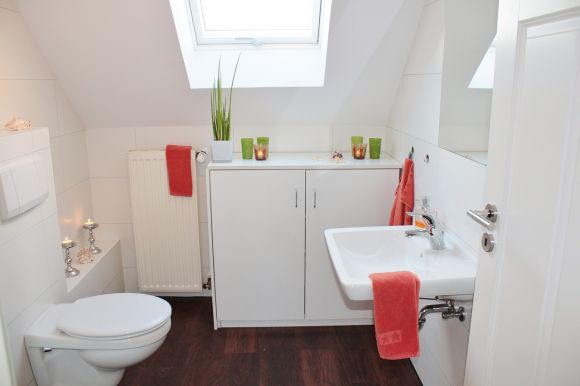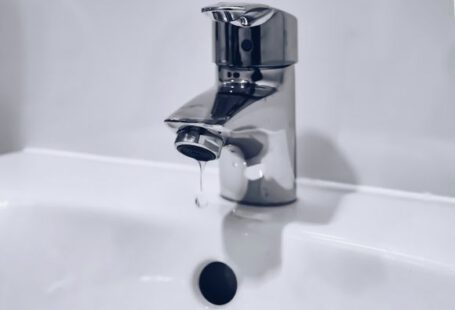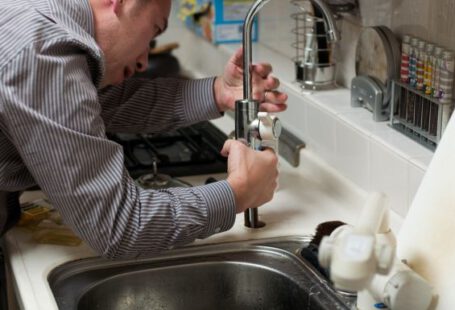Plumbing is an essential part of any home, ensuring that water flows smoothly and efficiently. While many homeowners enjoy tackling do-it-yourself (DIY) projects, it’s important to remember that certain regulations, known as plumbing codes, must be followed to ensure the safety and functionality of your plumbing system. In this article, we will explore the importance of plumbing codes and provide tips on how to stay within the law while undertaking DIY plumbing projects.
Understanding Plumbing Codes
Plumbing codes are a set of regulations created by local and national authorities to ensure the safety and efficiency of plumbing systems. These codes cover various aspects of plumbing, including the installation, maintenance, and repair of pipes, fixtures, and appliances. Adhering to plumbing codes is crucial to prevent potential hazards, such as leaks, contamination, and water damage.
Importance of Compliance
Complying with plumbing codes is not just a legal requirement; it is also essential for the well-being of your home and its occupants. By following these codes, you can ensure that your plumbing system is installed and maintained correctly, minimizing the risk of plumbing failures, health hazards, and costly repairs.
Tips for Staying Within the Law
1. Educate Yourself: Before embarking on any DIY plumbing project, take the time to familiarize yourself with the plumbing codes in your area. These codes can usually be found on your local government’s website or by contacting the appropriate regulatory agency. Understanding the codes will help you plan your project accordingly and avoid any potential violations.
2. Obtain Permits: Many plumbing projects require permits from your local building department. These permits are necessary to ensure that the work being done meets the required standards and is inspected by a qualified professional. Failing to obtain the necessary permits can result in fines and complications down the line, so be sure to check if your project requires one.
3. Use Quality Materials: When it comes to plumbing, using quality materials is essential for a long-lasting and reliable system. Make sure to choose pipes, fittings, and fixtures that meet the standards set by plumbing codes. Using substandard materials may result in leaks, corrosion, and other plumbing issues.
4. Don’t Overstep Your Expertise: While DIY projects can be rewarding, it’s crucial to recognize your limitations. Some plumbing tasks, such as sewer line repairs or major pipe installations, require specialized knowledge and equipment. If you’re unsure about tackling a particular project, it’s best to consult a professional plumber to ensure the job is done correctly.
5. Inspections: Once your DIY plumbing project is complete, it’s important to schedule an inspection to ensure compliance with plumbing codes. This step is crucial, as it allows a professional to assess the work done and identify any potential issues that may have been overlooked. By getting your project inspected, you can have peace of mind, knowing that your plumbing system is safe and up to code.
Conclusion: Prioritizing Safety and Compliance
When it comes to plumbing projects, it’s essential to prioritize safety and compliance with plumbing codes. By understanding these regulations, obtaining necessary permits, using quality materials, and seeking professional help when needed, you can ensure that your DIY plumbing projects are done to the highest standards. Remember, staying within the law not only protects you and your family but also helps maintain the integrity and functionality of your home’s plumbing system for years to come.



